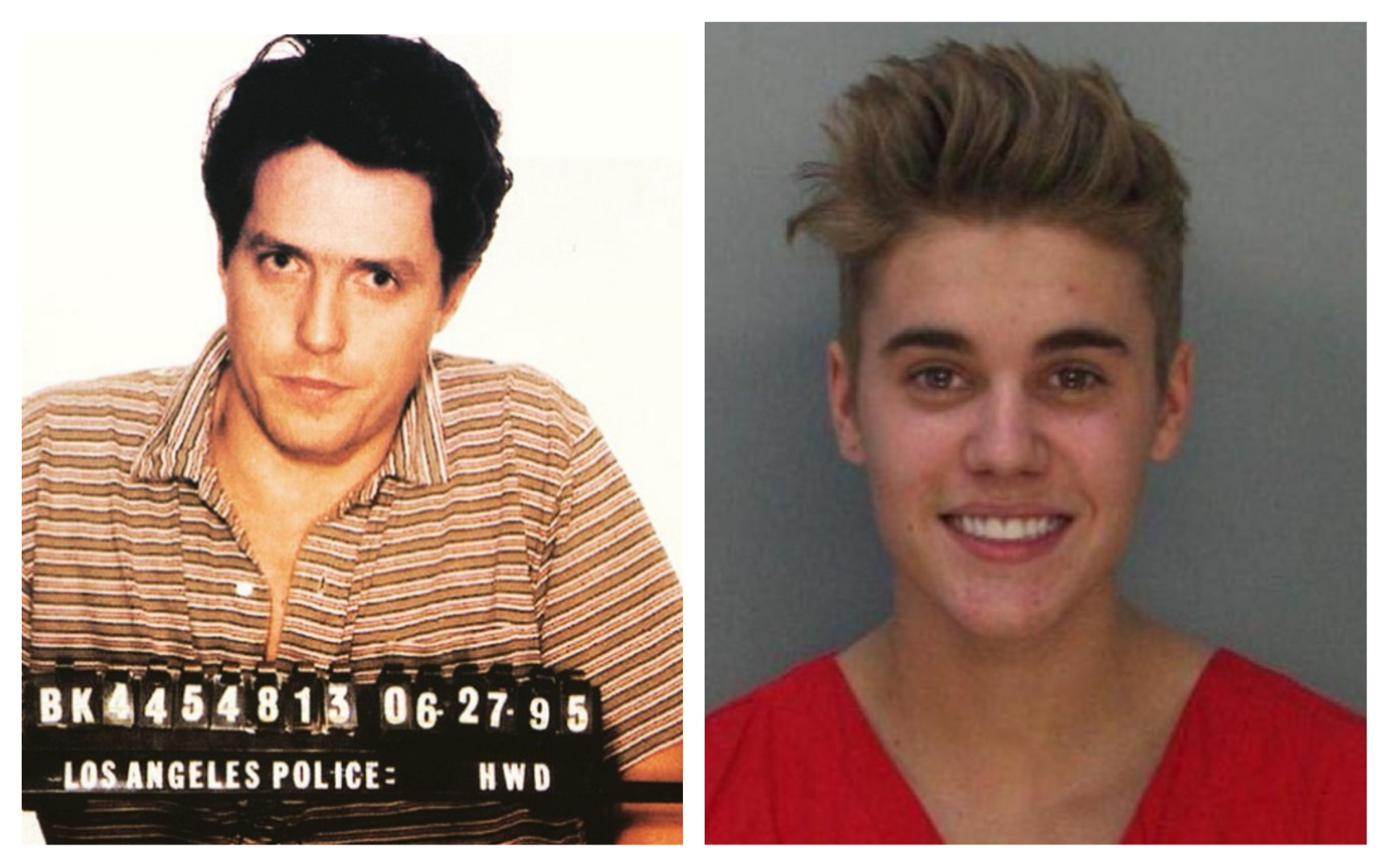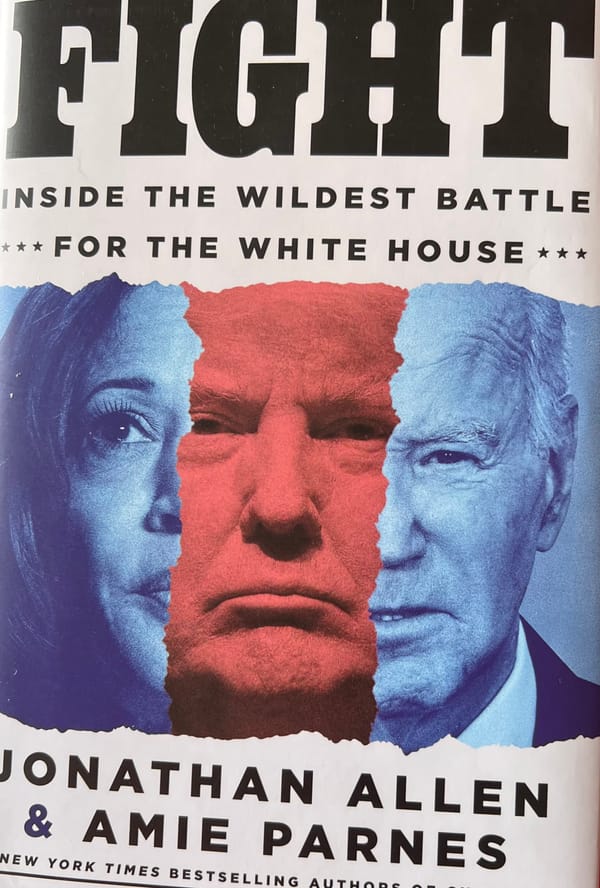Inky goes woke with mugshot policy
They have found a new way to shoot themselves in the foot, journalistically.
I am talking about the declining local “paper of record,” the Philadelphia Inquirer, which announced why it will no longer print mugshots — except when it wants to — with only one of its four stated reasons supporting journalistic norms. Of the others, one actually turns its back on the truth the newspaper is expected to promote.

If spoken aloud, the reason would be called a gaffe. In written form, it is an indictment that “wokeness” distorts its journalistic values. For the record, the paramount journalistic value is truth. Here I am talking about traditional news reporting, which is objective, empirical and strives to answer the 5 Ws and the H -- the first thing taught to journalists. (Who, What, Where, When, Why, How.)
But first, the background: The use of art has been journalistic tradition since carved wooden blocks provided illustrations to create visual appeal on a page that otherwise would be a mass of gray type.
Under our democracy, trials must be conducted in the open, with rare exception, and journalists are free to report anything that happens there, with rare exception.
It may seem inherently unfair to name someone who has been arrested, and is only a suspect. It is inherently unfair, but the rights of the subject get subordinated to the public’s right to know.
One of the reasons the media reports suspects’ ages, addresses (in a general way, rarely a specific street address), and occupations, is to single out individuals, and separate them from those with an identical name. The mugshot -- which is furnished by law enforcement -- serves the same purpose, to point the finger of suspicion -- not guilt -- at the correct person. (It must be admitted the person photographed by police is under stress, is often unkempt, frequently frowning, and thus is made to look guilty.
The Inquirer made a good and fair point that pre-conviction mugshots are inherently unfair, depicting suspects as possible criminals before guilt has been established. That was journalistically defensible.
If only it had shut up there, but no -- it had to stray from reason into “wokeness,” acting to insulate readers from the racist thoughts the editor surely believes they harbor.
I printed the link above. You can read and interpret it for yourself.
I said the newspaper turns its back on the truth that it is expected to pursue. In its first point, it notes “because of longstanding racial disparities in arrest rates, mugshots disproportionately feature Black and LatinX people. Unrelenting routine publication of such mugshots strengthens stereotypes and contributes to systemic racism.”
It doesn’t argue the suspects are innocent, just that, basically, it looks bad. The majority of Philly murderers are Black, but the social justice warriors at the Inquirer find such facts . . . racist. They will suppress them, if possible. That’s why “illegal aliens” have vanished, replaced by something like “undocumented workers.” Change the language to distort the facts.
Join with me as I turn back the clock to the late 20th Century, as I remember, and a famous Daily News Page One that was headlined something like “Philadelphia’s Most Wanted.” It contained 10 mugshots we got from law enforcement. Nine of the 10 suspects were Black, one was Hispanic. Here’s the most recent version I could find.
I couldn't find the Daily News cover, but the roof got blown off the dump with select members of the Black community. They could have engaged in deep soul-searching to explore why so many of its people were on the list, but it was much easier to charge the paper with racism for publishing the unpleasant truth.
Here in the present, another Inquirer alibi is that mugshots exist indefinitely, and are “easily findable through search engines.” Not that easy, but the stories about the crimes and the criminals are. If the paper believes mugshots make it harder for ex-cons to find a job, so do the stories. Is the next step to “wipe clean” the criminal’s print record? Drop it down George Orwell’s memory hole? Is sanitizing history the job of a free press? I don’t think so.
The Inquirer’s final point is ‘the mugshots feature private individuals charged with routine crimes. They are frequently published out of habit. The news value of these photos is often negligible.”
Maybe the news stories are also negligible. Why publish them? Is the Inky working on a new policy: All the news that doesn't trigger anyone?
There are some exceptions to the no mugshot rule.
A mugshot can be used when the accused is a public figure. Sure, use a mugshot of someone whose face is well known. Sheer genius.
Or when the crime attains broad "notoriety."
And who decides that -- editors in ivory towers?
Here’s what I know -- all crime victims believe they deserve special handling, not their assailants. But in the Politically Correct view of the Inky, the rights of accused criminals dominate yours.



